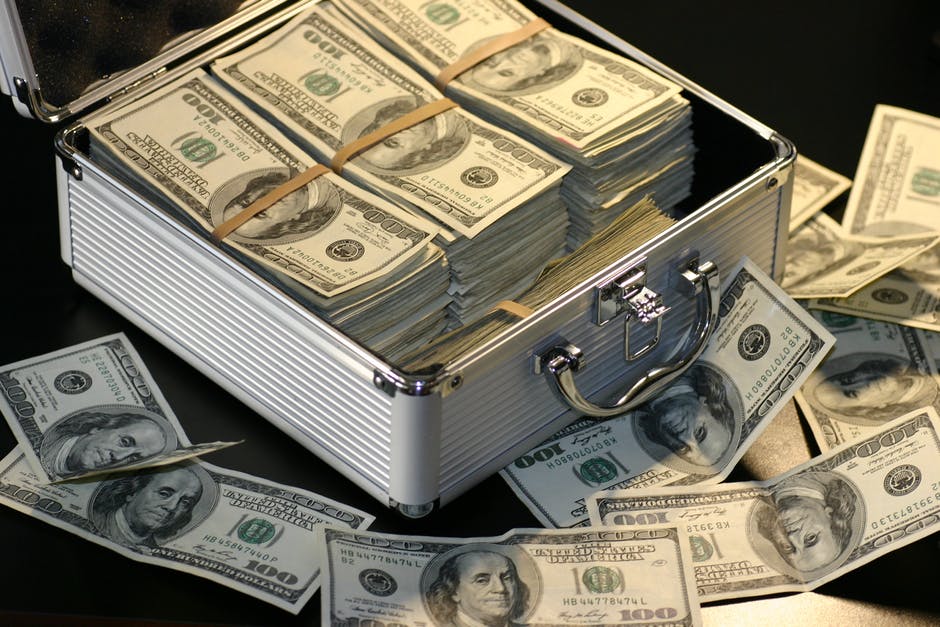Debt makes the economy go ’round. The Western financial industry runs largely on credit, which requires people to go into debt. People can establish their credit by paying off debts in a reasonable amount of time.
Many people think of debt as a single thing. However, there are several kinds of debt that people can enter. These debts offer various advantages and disadvantages to both the lender and the borrower.
If you’re wondering about the types of debt that affect people, keep reading! We’ll explore the four primary types of debt that impact people’s personal and business finances. So, without further ado, let’s jump right in.
The Most Common Types of Debt
As mentioned before, there are four primary types of debt. These include secured, unsecured, revolving, and installment debt. We’ll explore each of these in greater depth here.
Secured Debt
Whenever borrowers ask lenders for money, lenders have to determine whether the borrower will repay the debt. Fortunately, secured debt allows the lender to mitigate this risk.
Secured debt uses an asset called collateral to ensure that the borrower repays their debt. If they fail to repay, the lender claims possession of the collateral.
An example of this is a secured credit card. These credit cards require holders to pay a cash deposit before using the card for purchases.
Unsecured Debt
Unsecured debt requires no collateral from the borrower. One of the most common examples of this debt is student loans.
However, creditors still want to know whether you’ll pay their loans back. Usually, they decide whether you qualify for the loan by using your credit score. After all, if you have a history of repaying debt, you’ll likely repay this, too.
Revolving Debt
Revolving debt is a staple of Western commerce. This debt is open-ended. As such, you can charge and pay down your debt repeatedly.
For example, let’s say you’re a small business owner with a company credit card. Your company needs a new software system, so you use the card to pay for it.
After a few weeks, you’ll pay down that charge. But, before you do, something in the store needs repairs. You can still use your card to pay for the repairs, even if you haven’t completely paid off your debt.
Installment Debt
Installment debts are close-ended. You’ll pay down this debt through a series of payment installments made over time.
Common examples of this type of debt are car loans and mortgages. Please note that installment debts can be either secured or unsecured.
Always Make Sure to Manage Your Debt
The only bad debt is a debt you cannot manage. So, look here to find some ways to manage the money you owe.
One popular method of managing debt is debt consolidation. This method rolls several debt payments into one, usually through a personal loan. This approach can save you money, simplify your budget, and pay off your debt faster.
Whenever you enter into debt, make sure you have a way to pay it off. As long as you can do this, you can avoid any negative consequences of debt.
We hope this article was helpful! If so, we have several other financial pieces that can help you. Check them out today to find the tips you need!




